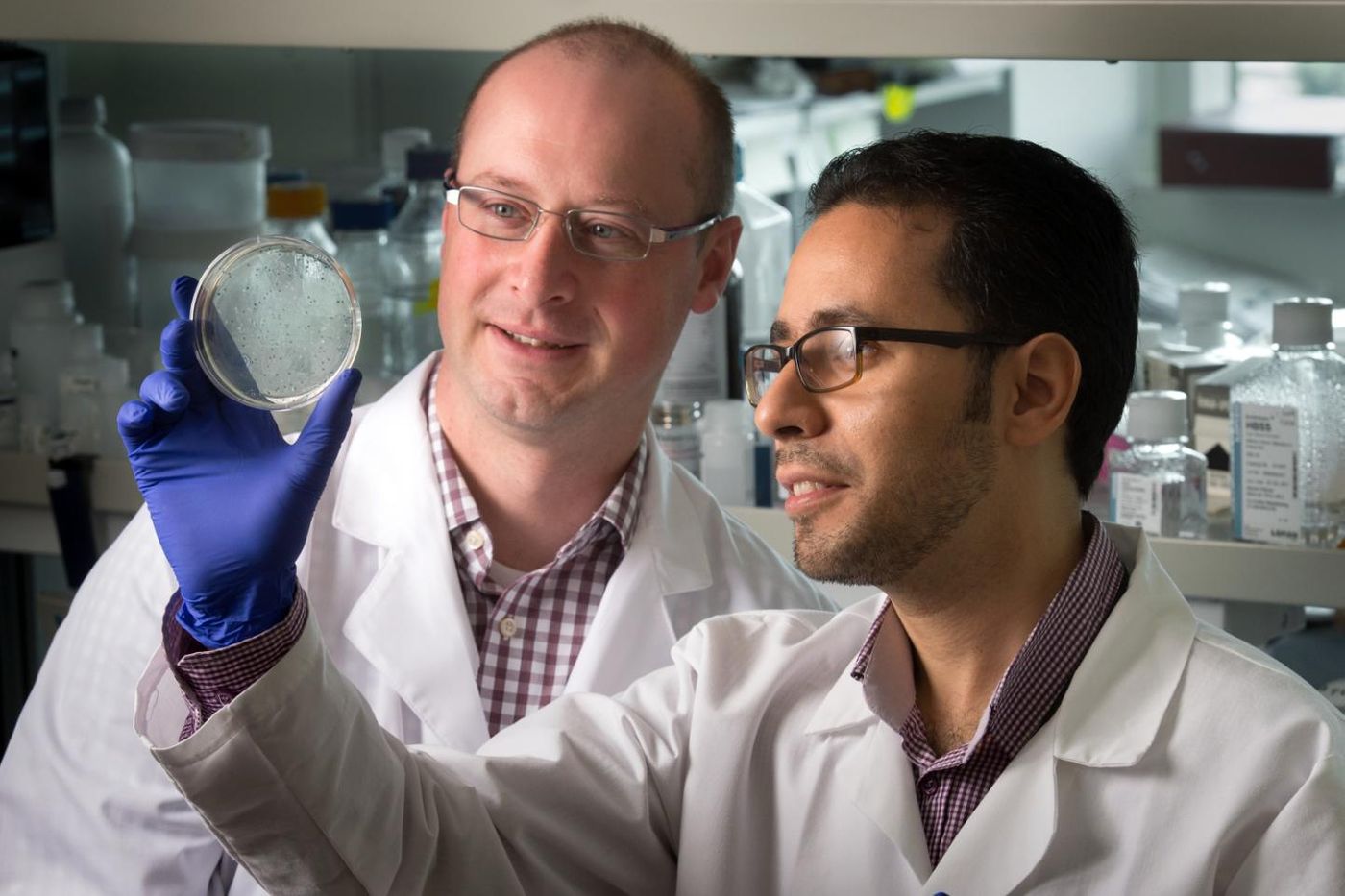Memory T Cells Having Surprising Extra Role in Immunity
Long-term immune protection isn’t the only job tasked to memory T cells, researchers are finding. In a new collaborative study between St. Jude Children’s Research Hospital and Emory University’s School of Medicine, scientists investigate the origin of memory CD8 T cells for the purpose of learning to manipulate these cells for improving vaccines and cancer immunotherapies, and the answer contradicts their previous beliefs.
The difference between effector CD8 T cells and memory CD8 T cells is activity. Effector cells go to work fighting viruses, cancer, and other things while memory cells hang back, circulating in the blood. These memory cells “remember” viruses from an initial infection in the body, and they are prepared to respond if they come back.
Scientists previously believed that effector and memory CD8 T cells differentiated from naive T cells as completely different distinct lineages, but the new study shows that this is not the case.
Using a mice model of viral infection, researchers found that memory CD8 T cells differentiate from a small subset of effector CD8 T cells, not directly from naive T cells. They used a slew of epigenetic and gene expression information from next-generation whole genome bisulfide sequencing to determine this.
“Memory CD8 T cells arise from effector CD8 T cells and, in fact, must transit through an effector stage of differentiation before becoming memory cells," explained first author Ben Youngblood, PhD.
Indeed, although effector cells that become memory CD8 T cells undergo demethylation, which alters gene expression that facilitates the transition, memory CD8 T cells derived from effector cells hold on to their effector T cell methylation patterns, which enables them to continue responding to active infections while acting as a memory cell.
In the future, Youngblood and others plan on learning how to use their new understanding of the origin of memory CD8 T cells to improve personalized immunotherapies designed to recognize and target specific tumors.
The present study was published in the journal Nature.









